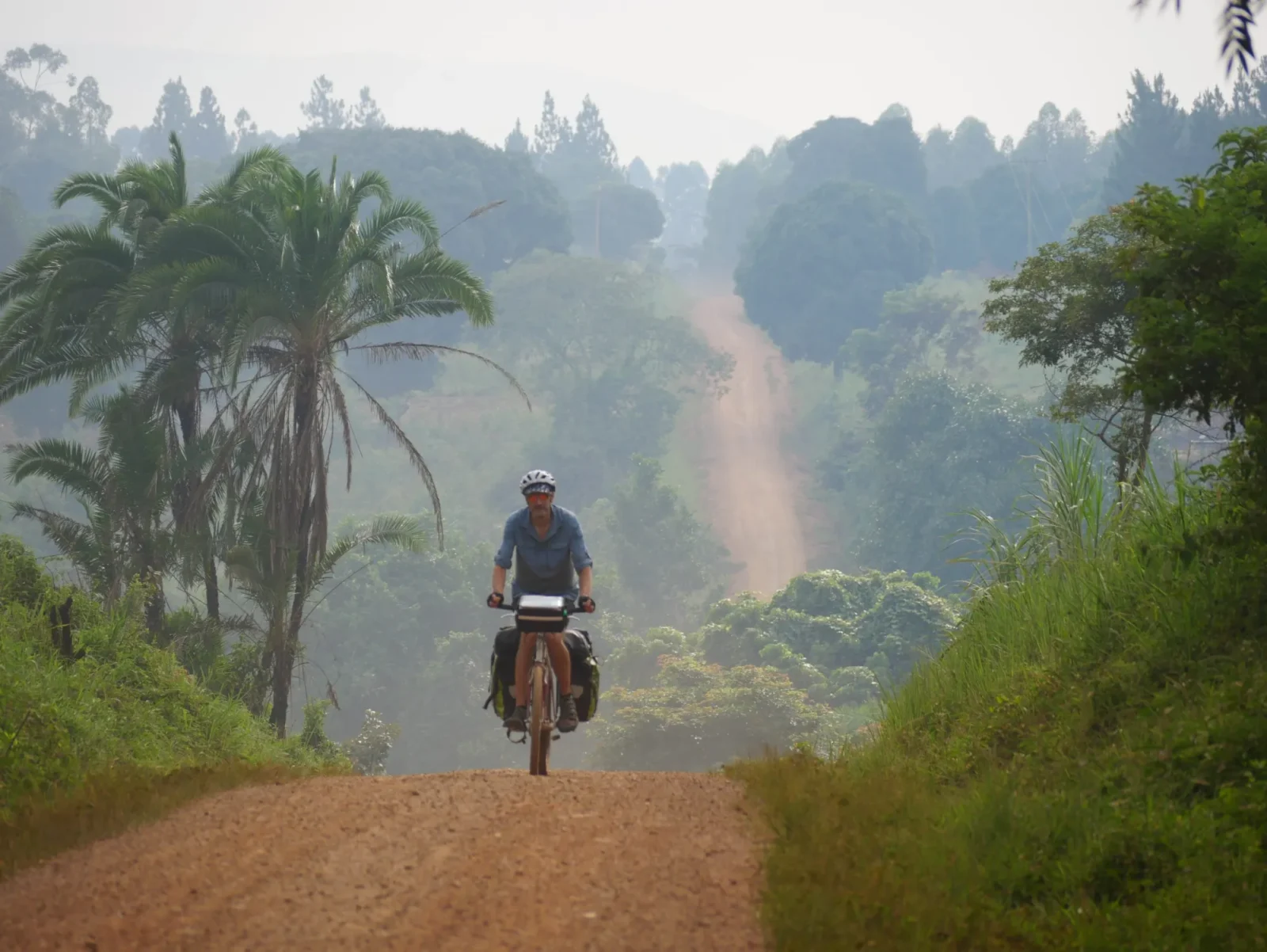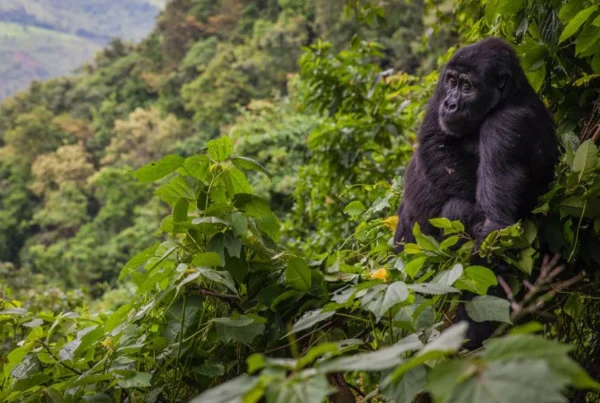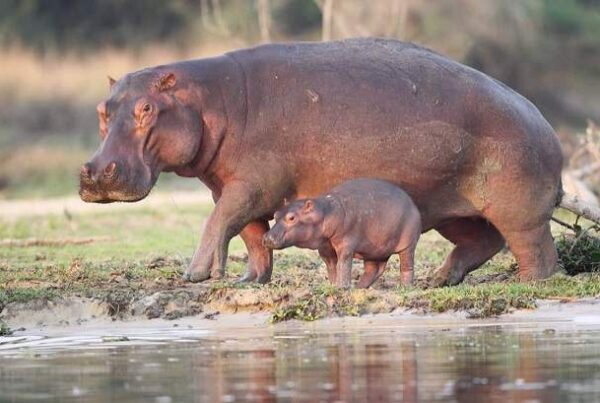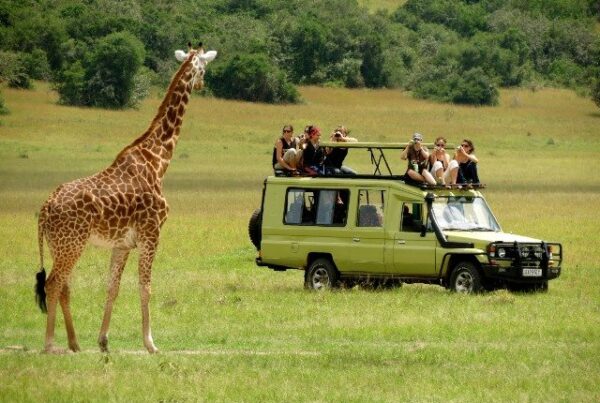How to Mountain Biking in Rwenzori Mountains — Safety Guide for Solo Travelers
Conquering the Mountains of the Moon
The Rwenzori Mountains, often called the Mountains of the Moon, stand as one of Africa’s most striking landscapes. Located on the western edge of Uganda, these majestic peaks rise dramatically into mist-shrouded skies, their glaciers feeding rivers that sustain countless communities. Known for their rugged beauty, alpine vegetation, and wildlife, the Rwenzoris are not only a destination for trekkers but also an emerging haven for mountain biking enthusiasts.
For solo travelers, the allure of pedaling through the Rwenzori ranges lies in the promise of freedom, challenge, and discovery. Yet the very elements that make mountain biking here so thrilling—the remoteness, the steep trails, and the unpredictable weather—also demand careful preparation. Safety is not a secondary thought but the foundation of every journey. This guide explores in depth how to mountain bike responsibly and securely in the Rwenzori Mountains, focusing on the unique needs of solo adventurers who seek both independence and protection.
Understanding the Terrain and Climate
The Rwenzori Mountains are not like any ordinary biking trail. Rising to over 5,000 meters, they are characterized by steep gradients, rocky paths, dense forests, and alpine zones. The terrain is demanding, often requiring a blend of cycling, pushing, and carrying. Solo travelers must recognize that biking here is not about speed but endurance and resilience.
The climate adds another layer of complexity. Rainfall is frequent, especially between March to May and September to November, turning trails into slippery mud tracks. During drier months, the paths become more accessible but still present challenges due to loose rocks and uneven ground. The mist that often settles on the peaks reduces visibility, making careful navigation essential. Solo bikers must adapt their pace and strategy to these conditions, ensuring that safety takes precedence over ambition.
Preparing Mentally and Physically for the Challenge
Mountain biking in the Rwenzoris is as much a mental endeavor as a physical one. Solo travelers are particularly vulnerable to fatigue, isolation, and unexpected obstacles. Preparation therefore involves building stamina, mental resilience, and problem-solving skills.
Physically, riders should train extensively on steep and rough terrains before embarking on the journey. Core strength, endurance, and balance are crucial, as the constant maneuvering on rocky trails places heavy demands on the body. Mentally, solo travelers must be prepared for solitude, knowing that hours may pass without encountering another rider. Embracing patience, persistence, and calm decision-making is vital, especially when unexpected difficulties such as sudden rainstorms or trail blockages arise.
The Importance of Equipment and Gear
Safety in the Rwenzoris begins with proper equipment. A mountain bike designed for rugged terrain, with strong suspension and durable tires, is indispensable. Riders must ensure that brakes are in top condition and that gear systems are reliable, as breakdowns in remote areas can be dangerous.
Protective gear is equally important. Helmets, gloves, padded clothing, and durable shoes provide essential protection. Rainproof jackets and layered clothing allow adaptation to the rapidly changing temperatures, while visibility gear ensures that bikers are seen in misty conditions. For solo travelers, carrying repair kits, first aid supplies, and sufficient food and water is not optional but mandatory. These preparations reduce the risks associated with isolation and ensure that even in challenging circumstances, safety remains intact.
Navigating the Trails Responsibly
The trails of the Rwenzori are a network of paths used by locals, porters, and adventurers. Some routes pass through villages, farmlands, and conservation zones, while others ascend into higher altitudes where vegetation thins and rocky landscapes dominate. Solo travelers must navigate with respect for both nature and community.
Maps and GPS devices are essential for orientation, but riders must also be prepared to ask for directions from locals. Respecting cultural practices and private lands is crucial, as the Rwenzoris are home to communities whose livelihoods are intertwined with the land. Riding responsibly—avoiding littering, staying on established paths, and slowing down near settlements—ensures that biking remains both safe and culturally sensitive.
Coping with Altitude and Weather Conditions
One of the unique challenges of the Rwenzori Mountains is the altitude. As bikers ascend beyond 2,500 meters, oxygen levels decrease, and the body begins to feel the strain. Symptoms such as headaches, dizziness, and fatigue are common. Solo travelers must learn to recognize these signs early, pacing themselves to avoid serious altitude sickness. Rest and hydration become essential tools for safety.
The weather adds unpredictability. Sudden rain showers can transform trails within minutes, while mist reduces visibility dramatically. Solo riders must exercise caution by reducing speed, finding safe shelter when storms break, and avoiding risky paths during heavy downpours. Planning rides around reliable weather forecasts and leaving sufficient daylight for completion further enhances safety.
Engaging with Local Communities
Safety for solo travelers in the Rwenzoris is not only about equipment and trails but also about human connections. The local Bakonzo people are known for their hospitality and deep knowledge of the mountains. Engaging with communities provides more than cultural insight—it offers security. Locals can provide guidance on trail conditions, safe passages, and areas to avoid.
Respectful interactions, such as purchasing local food or staying in community-run lodges, also create goodwill. For solo travelers, this goodwill can translate into support during unforeseen situations. Building these connections ensures that biking in the Rwenzoris is not an isolated endeavor but a shared journey rooted in respect and collaboration.
Managing Risks and Emergencies
Solo biking in remote mountain ranges inevitably carries risks. Mechanical failures, sudden weather changes, or minor injuries can escalate quickly without proper planning. Riders must have clear strategies for managing emergencies. Carrying a communication device, such as a satellite phone or a local SIM card with coverage in lower areas, ensures that help can be summoned when needed.
Knowledge of first aid is critical, particularly for treating wounds, sprains, or altitude-related symptoms. Solo travelers should also inform local guides, lodges, or park authorities of their intended routes and expected return times. This creates a safety net, ensuring that in case of delays, assistance can be organized. By anticipating risks rather than reacting to them, bikers transform uncertainty into manageable challenges.
Responsible Solo Travel and Conservation
The Rwenzori Mountains are recognized as a UNESCO World Heritage Site, valued for their biodiversity and cultural significance. Solo travelers hold the responsibility of ensuring that their adventures do not harm this fragile ecosystem. Riding on designated trails, avoiding damage to vegetation, and respecting wildlife are essential practices.
Conservation is not limited to the environment; it also includes supporting local initiatives that protect the mountains. Choosing operators and accommodations that prioritize sustainability ensures that tourism contributes positively to the region. Solo travelers who embrace these responsibilities not only safeguard their own safety but also leave the Rwenzoris better for future visitors.
A Solo Journey with Purpose and Caution
Mountain biking in the Rwenzori Mountains is a journey unlike any other, blending physical challenge, natural beauty, and cultural depth. For solo travelers, it offers the thrill of independence and the serenity of communion with some of Africa’s most awe-inspiring landscapes. Yet this independence must always be paired with caution, preparation, and respect.
Safety in the Rwenzoris comes from a balance—between ambition and patience, adventure and responsibility, solitude and community. With proper equipment, awareness of the terrain, respect for culture, and strategies for emergencies, solo travelers can navigate the mountains with confidence.
Ultimately, mountain biking here is not just about conquering trails but about connecting—to the land, to its people, and to oneself. For those ready to embrace this journey, it is recommended to plan responsibly through WildHorn Africa, whose expertise ensures that every adventure across Uganda and beyond is safe, sustainable, and unforgettable.





 WildHorn Africa – Authentic and unforgettable tours across Africa, guided by local experts who know the land, wildlife, and culture best.
WildHorn Africa – Authentic and unforgettable tours across Africa, guided by local experts who know the land, wildlife, and culture best.


